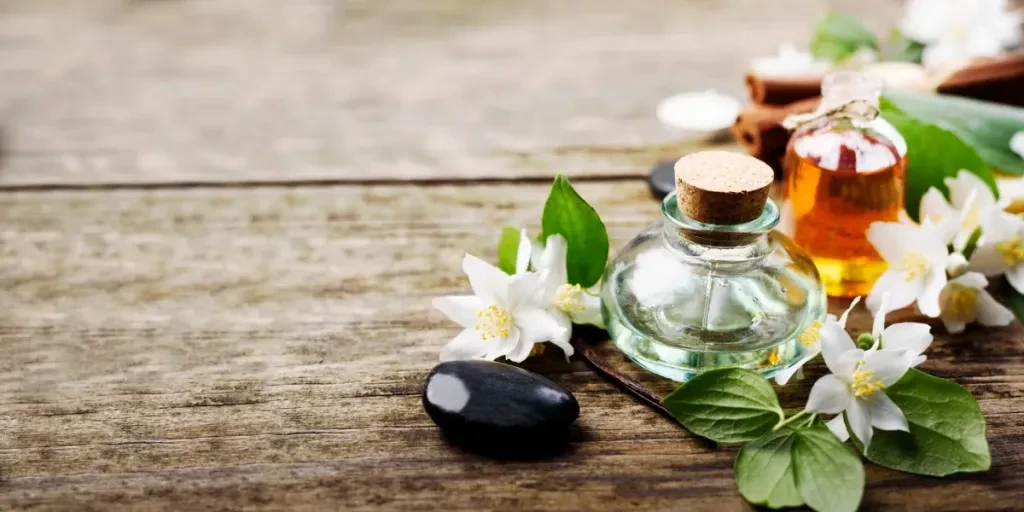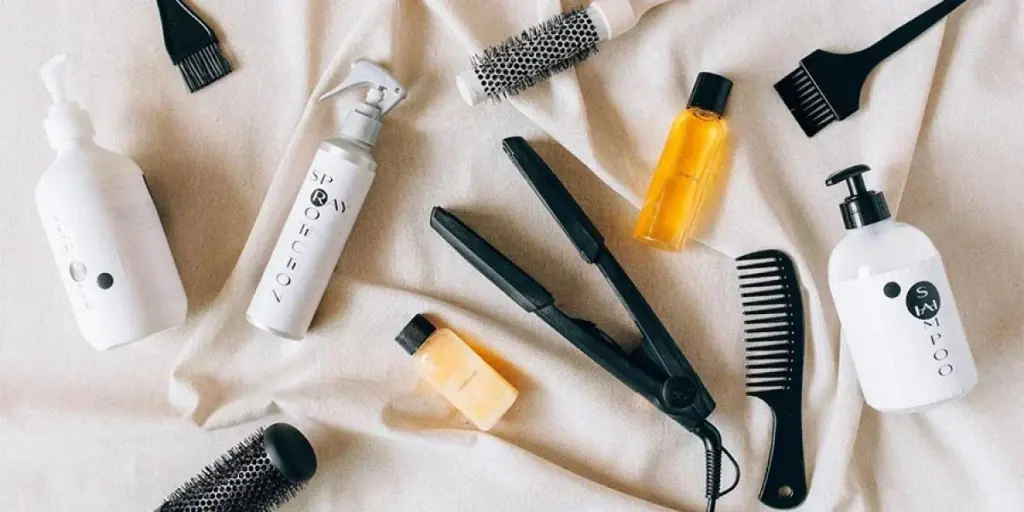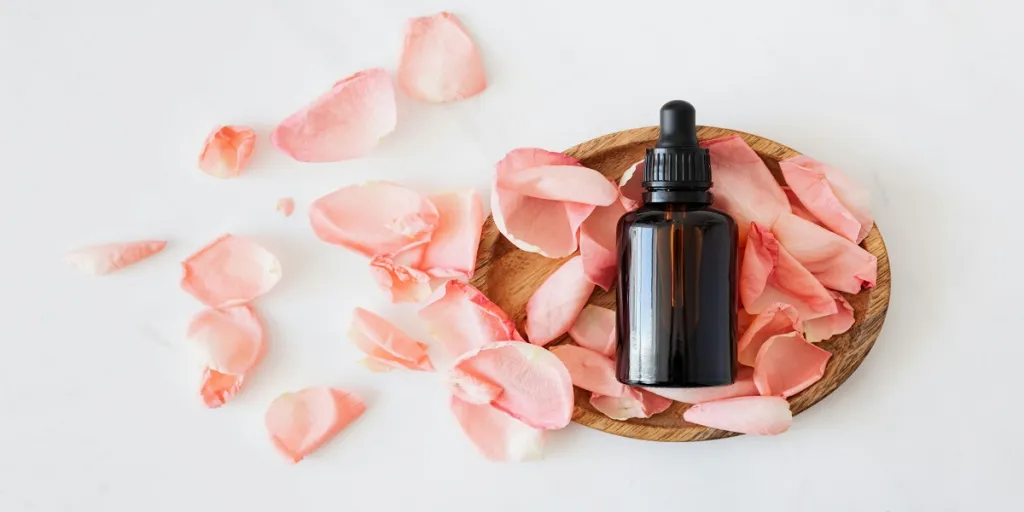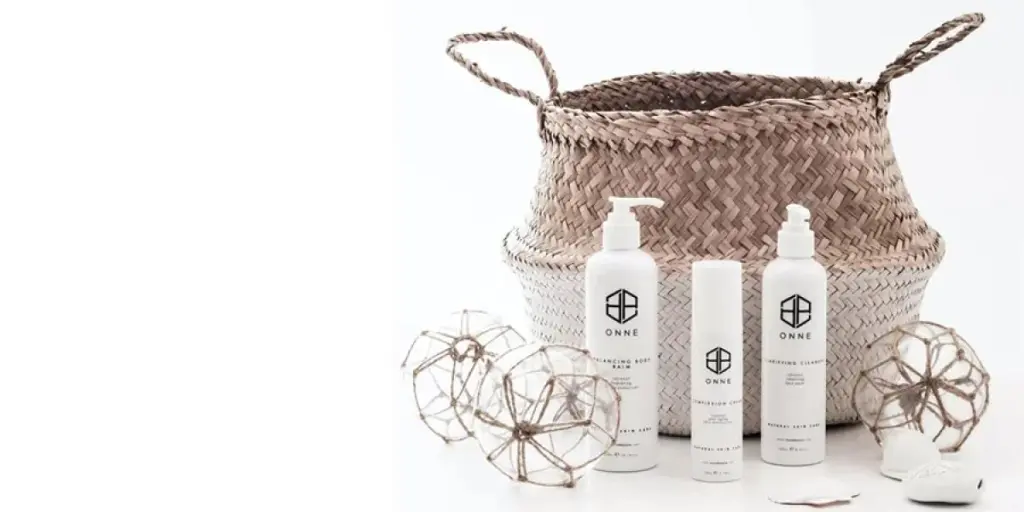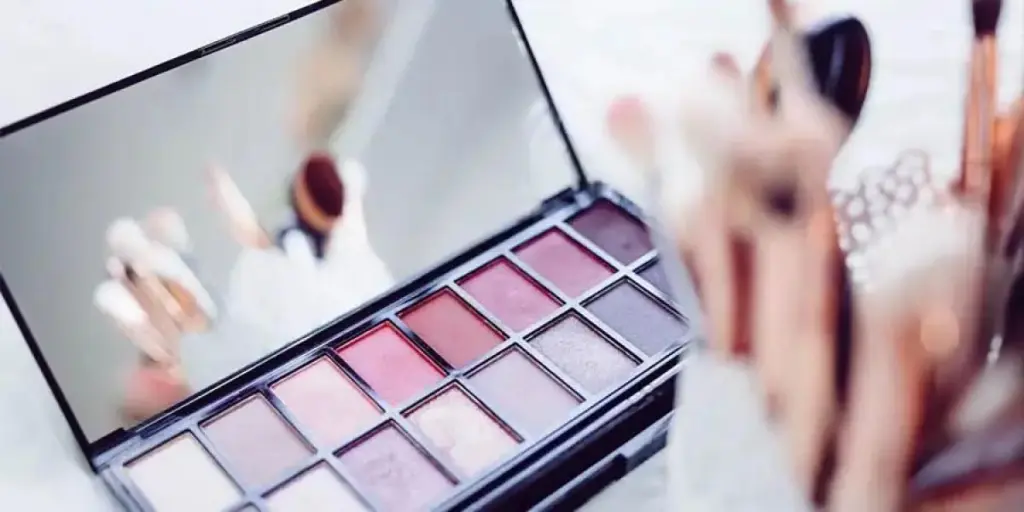Vanilla body oil is making waves in the beauty and personal care industry, captivating both consumers and businesses alike. As we step into 2025, this luxurious product is not just a trend but a staple in skincare routines worldwide. This guide delves into the essence of vanilla body oil, its rising popularity, and the market potential it holds for business buyers.
Sommario:
– Understanding Vanilla Body Oil and Its Market Potential
– Exploring Popular Types of Vanilla Body Oil
– Addressing Consumer Pain Points with Vanilla Body Oil
– Innovations and New Products in the Vanilla Body Oil Market
– Final Thoughts on Sourcing Vanilla Body Oil for Business Buyers
Understanding Vanilla Body Oil and Its Market Potential

What is Vanilla Body Oil and Why It’s Gaining Popularity
Vanilla body oil, derived from the vanilla bean, is celebrated for its rich, soothing aroma and its myriad of skin benefits. This oil is often infused with other nourishing oils like sweet almond, coconut, or jojoba, creating a potent blend that hydrates, softens, and rejuvenates the skin. The allure of vanilla body oil lies in its dual function as both a skincare product and a sensory indulgence, making it a favorite among consumers seeking holistic beauty solutions.
The surge in demand for vanilla body oil can be attributed to the growing consumer preference for natural and organic products. According to a professional report, the global market for vegetable oils in beauty and personal care is expected to grow from $5.27 billion in 2024 to $7.19 billion by 2028, at a compound annual growth rate (CAGR) of 8.1%. This growth is driven by the increasing awareness of the benefits of natural ingredients, which are perceived to be safer and more effective than synthetic alternatives.
Tendenze e hashtag dei social media che guidano la domanda
Social media platforms have played a pivotal role in the rising popularity of vanilla body oil. Influencers and beauty enthusiasts frequently share their skincare routines, often highlighting the use of vanilla body oil for its moisturizing and aromatic properties. Hashtags such as #VanillaBodyOil, #NaturalSkincare, and #OrganicBeauty have garnered millions of views, creating a buzz that translates into increased consumer interest and sales.
The influence of social media extends beyond individual consumers to businesses as well. Retailers and wholesalers are keenly observing these trends to stock products that resonate with the current market demand. The visual appeal and the luxurious experience associated with vanilla body oil make it a highly shareable product, further amplifying its reach and popularity.
Allineamento con le tendenze più ampie di bellezza e benessere
Vanilla body oil aligns seamlessly with broader beauty and wellness trends that emphasize self-care, sustainability, and holistic health. The wellness movement, which encourages individuals to prioritize their physical and mental well-being, has significantly impacted beauty product choices. Consumers are increasingly opting for products that offer therapeutic benefits, and vanilla body oil fits perfectly into this narrative.
Moreover, the trend towards sustainability and ethical consumption is also driving the demand for vanilla body oil. Consumers are becoming more conscious of the environmental impact of their purchases and are seeking products that are sustainably sourced and packaged. Vanilla body oil, often marketed as a natural and eco-friendly product, appeals to this growing segment of eco-conscious consumers.
In conclusion, the market potential for vanilla body oil in 2025 is immense, driven by the convergence of social media influence, consumer preferences for natural and organic products, and broader wellness and sustainability trends. Business buyers, including retailers and wholesalers, can capitalize on this opportunity by incorporating vanilla body oil into their product offerings, thereby meeting the evolving demands of their customers.
Exploring Popular Types of Vanilla Body Oil

Pure Vanilla Essential Oil: Benefits and Drawbacks
Pure vanilla essential oil is a highly sought-after ingredient in the beauty and personal care industry, known for its rich, sweet aroma and numerous skin benefits. This oil is derived from the vanilla bean through a process of solvent extraction, which ensures the preservation of its potent properties. One of the primary benefits of pure vanilla essential oil is its antioxidant properties, which help to protect the skin from environmental stressors and free radicals. Additionally, it has anti-inflammatory and antibacterial properties, making it suitable for soothing irritated skin and preventing infections.
However, there are some drawbacks to consider when sourcing pure vanilla essential oil. The extraction process is labor-intensive and costly, which can drive up the price of the final product. Moreover, pure vanilla essential oil can be quite potent and may cause skin sensitivity or allergic reactions in some individuals. It is crucial for business buyers to ensure that the oil is properly diluted and tested for safety before incorporating it into their product lines. According to a professional report, the demand for natural and organic ingredients is on the rise, making pure vanilla essential oil a valuable addition to any beauty product portfolio.
Blended Vanilla Oils: Combining Fragrance and Functionality
Blended vanilla oils offer a versatile solution for business buyers looking to combine the delightful fragrance of vanilla with additional skin benefits. These oils are typically formulated by blending vanilla essential oil with other carrier oils, such as jojoba, coconut, or almond oil. This combination not only enhances the moisturizing properties of the product but also helps to balance the potency of the vanilla oil, reducing the risk of skin irritation.
One notable example is the Vanilla Daze Dry Body Oil by Hume Supernatural, which blends vanilla with plant-based oils like prickly pear, apricot kernel, and coconut MCTs. This formulation provides deep nourishment and supports the skin’s natural barrier while offering a non-greasy, quick-absorbing texture. The inclusion of facial-grade ingredients, such as seaweed and antioxidants, further enhances the product’s appeal by addressing multiple skin concerns.
Blended vanilla oils are also an excellent choice for creating unique scent profiles. For instance, the combination of vanilla with black pepper and sandalwood in the Vanilla Daze Dry Body Oil transforms a standard skincare routine into a luxurious sensory experience. Business buyers should consider the growing trend of gourmet aromatics and the increasing consumer preference for multi-functional products when sourcing blended vanilla oils.
Organic and Natural Vanilla Oils: Consumer Preferences and Feedback
The demand for organic and natural beauty products has been steadily increasing, driven by consumers’ growing awareness of ingredient safety and environmental sustainability. Organic and natural vanilla oils are derived from vanilla beans that are grown without the use of synthetic pesticides or fertilizers, ensuring a purer and more eco-friendly product. These oils are often certified by reputable organizations, providing an added layer of trust for consumers.
Consumer feedback on organic and natural vanilla oils has been overwhelmingly positive, with many praising the rich, authentic scent and the gentle, nourishing properties of the oil. For example, Nala’s Baby Vanilla Cloud Nighttime Oil, which is formulated with a blend of apricot, coconut, castor, and lavender oils, has received high marks for its allergen-free sweet vanilla fragrance and its ability to moisturize and soothe the skin. This product is particularly popular among parents seeking safe and natural skincare options for their children.
Business buyers should take note of the increasing preference for organic and natural products and consider sourcing vanilla oils that meet these criteria. By doing so, they can cater to a growing market segment that values sustainability and ingredient transparency.
Addressing Consumer Pain Points with Vanilla Body Oil
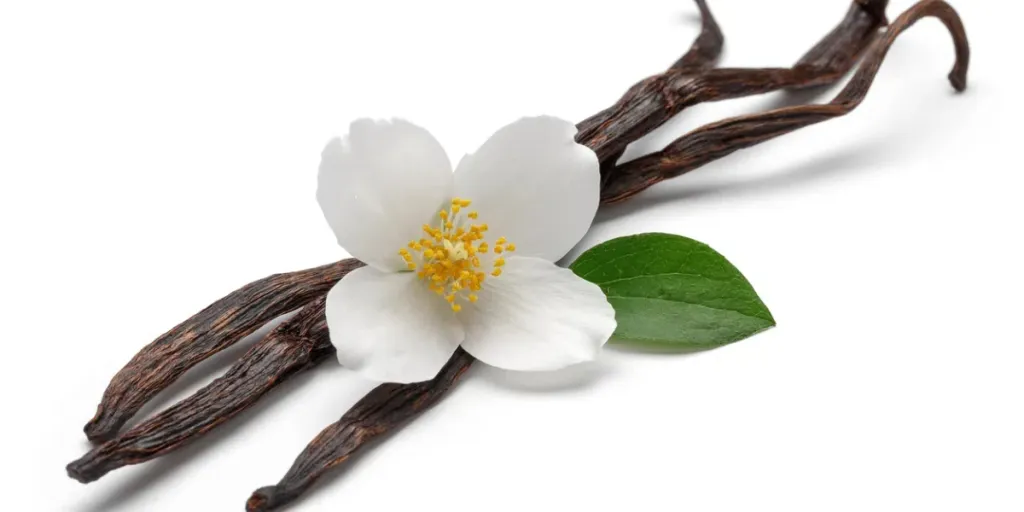
Problemi comuni: sensibilità e reazioni allergiche
One of the primary concerns for consumers when using vanilla body oil is the potential for skin sensitivity and allergic reactions. Vanilla essential oil, while beneficial, can be quite potent and may cause irritation, especially in individuals with sensitive skin. Common symptoms of an allergic reaction include redness, itching, and swelling, which can deter consumers from using the product.
To address these issues, it is essential for business buyers to source high-quality vanilla oils that have been properly diluted and tested for safety. Additionally, providing clear usage instructions and highlighting any potential allergens on the product label can help to mitigate the risk of adverse reactions. According to industry experts, hypoallergenic formulations and dermatologist-tested products are highly sought after by consumers with sensitive skin.
Soluzioni: opzioni ipoallergeniche e testate dai dermatologi
To cater to consumers with sensitive skin, business buyers should consider sourcing hypoallergenic and dermatologist-tested vanilla body oils. These products are specifically formulated to minimize the risk of allergic reactions and have undergone rigorous testing to ensure their safety and efficacy. For example, Phlur’s Vanilla Skin Deodorant is clinically proven to be non-irritating and free from common allergens such as aluminum and baking soda. This product not only provides lasting odor protection but also incorporates skin-caring ingredients like algae, tamanu oil, and salicylic acid to target odor-causing bacteria and underarm discoloration.
By offering hypoallergenic and dermatologist-tested options, business buyers can tap into a market segment that prioritizes skin health and safety. Additionally, these products can help to build consumer trust and loyalty, as they demonstrate a commitment to addressing common skin concerns.
Packaging and Shelf Life: Ensuring Product Longevity
Packaging and shelf life are critical factors to consider when sourcing vanilla body oils. Proper packaging not only protects the product from contamination and degradation but also enhances its visual appeal and marketability. Business buyers should look for packaging solutions that provide an airtight seal and protect the oil from exposure to light and air, which can cause oxidation and reduce the product’s efficacy.
Innovative packaging designs, such as the sophisticated glass bottle with a warm amber hue used for NEST New York’s Madagascar Vanilla Perfume Oil, can elevate the sensory experience and make the product more appealing to consumers. Additionally, incorporating smart packaging features, such as QR codes, can provide consumers with valuable information about the product’s ingredients, usage instructions, and sustainability practices.
Ensuring a long shelf life is also crucial for maintaining product quality and reducing waste. Business buyers should work with suppliers to verify the stability and shelf life of the vanilla body oils they source. This can involve conducting stability tests and ensuring that the oils are stored under optimal conditions to preserve their potency and fragrance.
Innovations and New Products in the Vanilla Body Oil Market
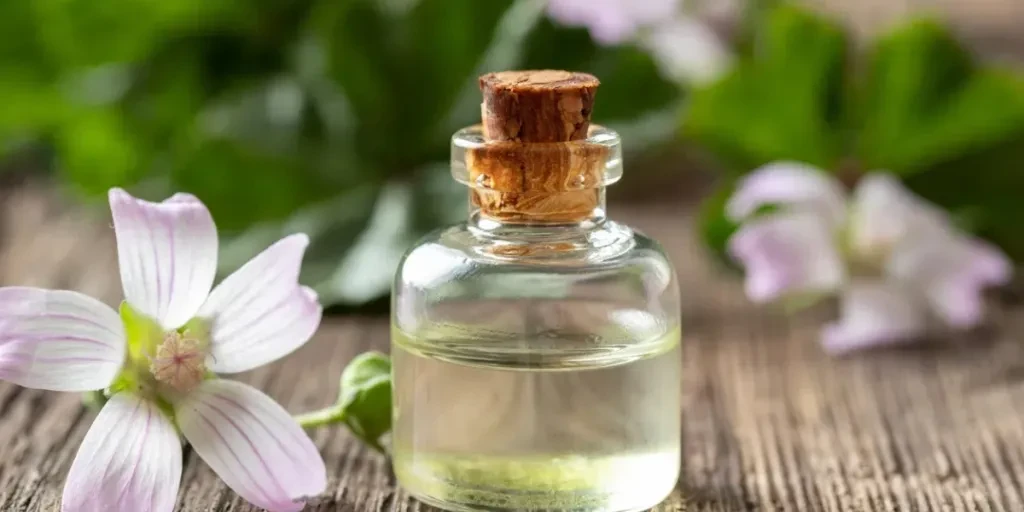
Ingredienti e formulazioni emergenti
The vanilla body oil market is continuously evolving, with new ingredients and formulations emerging to meet consumer demands for innovative and effective skincare solutions. One notable trend is the incorporation of bio-engineered clean actives, such as the Trigger Factor Complex used in Augustinus Bader’s Geranium Rose Body Oil. This proprietary blend of natural amino acids, high-grade vitamins, and peptides offers intense hydration and skin barrier-boosting benefits without being greasy.
Another emerging trend is the use of multi-functional ingredients that provide both skincare and fragrance benefits. For example, the Honeyed Halo Body Oil by Cerulean 6° combines essential fragrance oils with Vitamin E and elderflower to deliver deep moisturization and a luxurious aromatic experience. These innovative formulations cater to consumers seeking products that offer multiple benefits in one application.
Sustainable and Eco-Friendly Packaging Innovations
Sustainability is a key consideration for many consumers, and the beauty industry is responding with eco-friendly packaging innovations. Brands are increasingly adopting sustainable materials, such as recycled plastics and biodegradable packaging, to reduce their environmental impact. For instance, the Vanilla Daze Dry Body Oil by Hume Supernatural features a fine mist application that ensures even distribution while minimizing waste.
Additionally, some brands are exploring refillable packaging options to further reduce waste and promote sustainability. This approach not only appeals to eco-conscious consumers but also encourages brand loyalty by offering a convenient and cost-effective solution for repurchasing products.
Tech-Driven Enhancements: Smart Packaging and QR Codes
Tech-driven enhancements, such as smart packaging and QR codes, are revolutionizing the way consumers interact with beauty products. Smart packaging can provide real-time information about the product’s ingredients, usage instructions, and expiration dates, enhancing the overall consumer experience. QR codes, in particular, offer a convenient way for consumers to access detailed product information and verify the authenticity of the product.
For example, a QR code on the packaging of a vanilla body oil can link to a webpage that provides information about the sourcing and sustainability practices of the brand, as well as customer reviews and usage tips. This transparency can help to build consumer trust and drive purchasing decisions.
Final Thoughts on Sourcing Vanilla Body Oil for Business Buyers
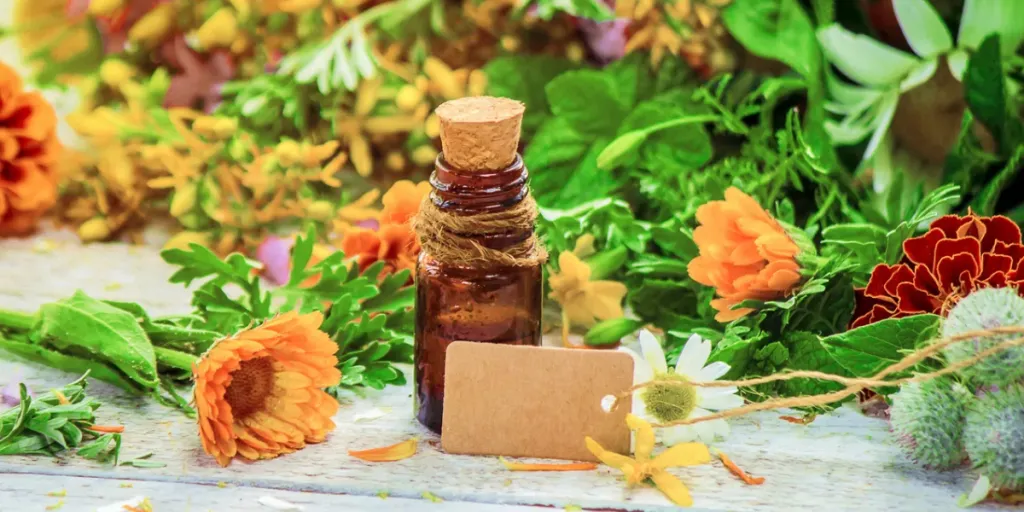
In conclusion, sourcing vanilla body oil requires careful consideration of various factors, including ingredient quality, safety, packaging, and sustainability. By staying informed about emerging trends and innovations in the market, business buyers can make strategic decisions that align with consumer preferences and drive product success. Emphasizing hypoallergenic formulations, sustainable packaging, and tech-driven enhancements can help to differentiate products and meet the evolving demands of the beauty and personal care industry.
